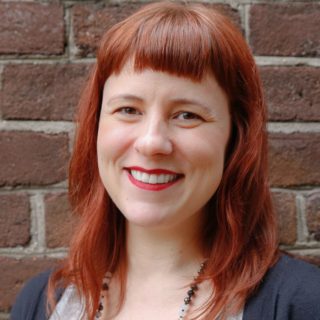Q&A with Sheela Søgaard
On her A’18 keynote, leadership, & BIG ideas
Sheela Søgaard developed the business model of one of the world’s most ambitious, radical, forward-thinking, and imaginative architecture firms, molding their business and operations around their talent and creative culture. On Day 2, she’ll share how you can create a high-performing culture. Get a first look here.

Q. Tell us more about your keynote. What are you planning to discuss?
The business of design and, in particular, how key decisions, strategies, and experiences over the years have made BIG the firm it is today. I’ll also share some of the most important learnings we’ve accumulated, what makes us different, and where we’ll focus ourselves in the future.
Q. What were some of the biggest changes you led to create the company’s culture? What impact has that had on projects?
Definitely the biggest change was creating a professional operational framework and an efficient infrastructure that allow the creative BIGsters to concentrate and devote themselves to developing architecture rather than on the business around the delivery of design. That results in better design, and more mental and actual space and time to design each building as the best ‘citizen’ it can be!
Q. Even though you’re not designing projects, your leadership helps create the creative space BIG needs to design projects. How do you share in the sense of accomplishment once a project is completed?
There are many different types of project owners that work together to bring the project to a successful completion. For example, the cost consultant and window manufacturer have a share in the finished building, as do the parties who put together the prequalification application, identified the team of consultants and architects, negotiated the contract, managed the process, etc. There are many steps and many participants. Since the process is a shared, collective effort, myself and the entire BIG team share an equal sense of achievement and accomplishment when we celebrate the completion of a specific project.
Q. BIG’s projects are bold and imaginative. How do they solve problems and create a Blueprint for Better Cities?
Essentially a BIG project aims to give all of the stakeholders more than they expect. We always look for opportunities to create added value—a component of additional use beyond the basic requirement. Our projects seek to enhance social components, create meeting points for people, and add unexpected enjoyment and interaction that often expands the user group beyond the original client intent.
Q. What’s your advice for other firms who want to change their model?
Hire people who understand your culture and who are good at what you want to become good at!

